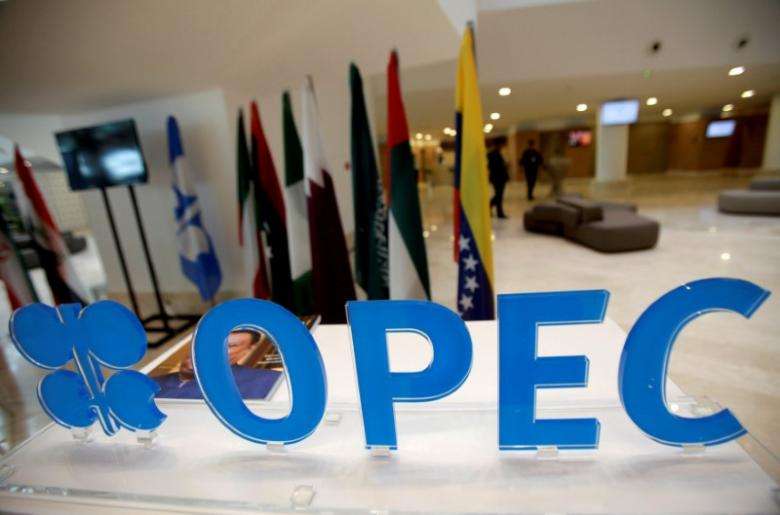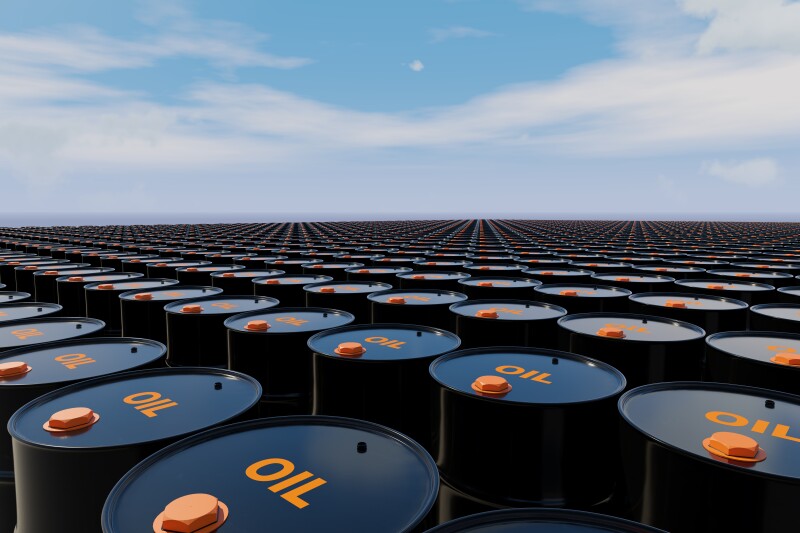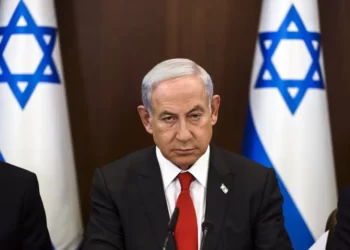The Organization of the Petroleum Exporting Countries and its allies (OPEC+) could bring back 2.2 million barrels per day (bpd) of supply by November 2025, marking a faster-than-anticipated rollback of its production cuts, according to recent reports.
The decision, confirmed during OPEC+’s latest meeting, signaled a shift in strategy amid concerns over weak oil prices and slowing global demand.
OPEC+ rattled oil markets in April by announcing a larger-than-expected production increase for May, despite the ongoing market weakness.
The decision raised eyebrows among analysts who had expected a more conservative approach to managing supply amid declining demand forecasts.
Despite soft demand and relatively low prices, the group is keen to frame the move as a “managed” transition rather than a return to competitive overproduction.
Giovanni Staunovo, a strategist at UBS, emphasized this distinction noting, “We continue to call this a ‘managed’ unwind of cuts and not a fight for market share.”
Staunovo emphasized that while production increases appear aggressive, OPEC+ maintains that the adjustments are intended to stabilize the market rather than drive competitive advantage.

During the latest OPEC+ meeting, the group agreed to add another 411,000 bpd to total output in June, following a similar hike for May.
Reuters estimates suggested that total supply restored over Q2 2025 will reach 960,000 bpd, accounting for approximately 44% of the planned 2.2 million bpd restoration.
RBC Capital Markets’ Helima Croft highlighted ongoing compliance concerns within OPEC+, pointing to Kazakhstan and Iraq as major laggards in meeting their compensation targets.
“Compliance again appears to be the key focus, with Kazakhstan and Iraq continuing to miss their compensation targets, alongside Russia to a lesser extent.”
Helima Croft, from RBC Capital Markets
These nations have struggled to meet agreed production limits, raising doubts about broader alignment within OPEC+.
OPEC+ Output Strategy

OPEC+ emphasized that production increases could be paused or reversed depending on evolving market conditions.
This flexibility ensures that the alliance retains the ability to correct course if oil prices continue to slide or demand forecasts worsen.
The group reiterated its commitment to maintaining oil market stability while ensuring that participating countries address past compliance issues.
The eight OPEC+ nations that agreed to the adjustments stated that the gradual restoration of supply would allow accelerated compensation for overproduction by some members.
These nations also reaffirmed their commitment to the Declaration of Cooperation, ensuring that voluntary production adjustments would remain under strict monitoring by the Joint Ministerial Monitoring Committee (JMMC).
Furthermore, OPEC+ confirmed its intention to fully compensate for any overproduced volume since January 2024, highlighting the ongoing efforts to balance supply and demand effectively.
OPEC+ members will hold monthly review meetings to assess market conditions, production conformity, and compensation targets. Their next meeting, scheduled for June 1, 2025, will determine July production levels.
A Reuters source indicated that unless Kazakhstan, Iraq, and other non-compliant members correct course and compensate for past overproduction, further rollbacks in cuts are expected in Q3 2025.
This suggests that oil supply could continue rising unless lagging members adjust production levels as required.

Unsurprisingly, news of the production increases has weighed heavily on crude prices. As of the latest market update, Brent crude fell to around $60 per barrel, while West Texas Intermediate dropped to $57 per barrel—both benchmarks sliding over 3% since Friday’s close.
Analysts expect continued price volatility as the market absorbs the accelerated supply returns. ING’s Warren Patterson remarked that Saudi Arabia’s tolerance for lower oil prices will be critical in determining how far the production rollback extends.
“The key to knowing how far the Saudis will take what is starting to look like a price war is the nation’s tolerance for low oil prices over time.”
ING’s Warren Patterson
He also suggested that the surplus initially projected for 2026 could materialize earlier than expected due to OPEC+’s latest moves.
With the global oil market already under strain, OPEC+’s production rollback strategy will continue shaping price movements and supply forecasts throughout 2025.
While the alliance maintains flexibility to pause or reverse production hikes, member states with compliance issues may force further adjustments in coming months.
For now, the oil market remains volatile, with price fluctuations reflecting uncertainty over OPEC+’s continued capacity to navigate global supply and demand dynamics.
Whether the group’s strategy will stabilize prices or trigger further declines remains an open question heading into the next quarter.
READ ALSO: Fitch Projects 4.2% Growth for Ghana’s Economy Backed by Gold




















